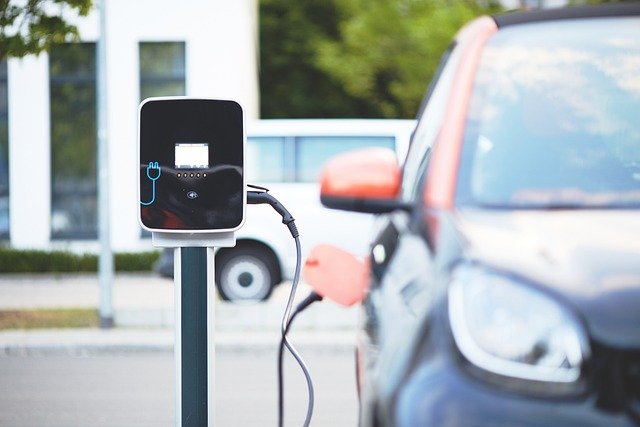Optimizing curbside access schedules to reduce congestion
Efficient curbside access scheduling can significantly reduce vehicle queueing and improve pedestrian safety around commercial and transit hubs. By coordinating short-term loading bays, valet workflows, and drop-off windows, cities and property managers can smooth traffic flows, improve turnover, and increase accessibility. This article outlines practical strategies for scheduling, layout adjustments, and technology that help curbside zones perform reliably.

Curbside scheduling for access and turnover
Effective curbside scheduling balances quick pickups with predictable access to minimize lingering vehicles that cause congestion. Designated short-term bays with time-limited windows help maintain steady turnover while digital reservation or queuing systems communicate real-time availability to drivers. Combining scheduled windows for deliveries with unscheduled short stops for passenger drop-off reduces conflicts between commercial vehicles and private cars. Coordination with adjacent garage and lot operations can ensure that overflow is redirected efficiently rather than adding to curbside queues.
Garage, lot, and bay layout considerations
Physical layout of nearby garage structures, parking lots, and individual bays affects how curbside access behaves. Clear sightlines, separate entry and exit points, and strategically placed loading bays reduce interference with curbside drop-off. Multilevel garages benefit from signed circulation routes and timed access that align with curbside demand peaks. Lot managers can use dynamic signage to indicate available bays and guide vehicles to alternative spaces, smoothing load on the curb and lowering pedestrian-vehicle interactions near high-footfall entrances.
Valet coordination with multilevel systems
Valet operations can be integrated into curbside schedules to improve throughput and reduce dwell time. Staggered arrival windows for valet service and a dedicated staging area separate from public curbside lanes prevent backups. When drop-offs link directly to a multilevel parking facility, automation and staff protocols should be synchronized so vehicles transfer quickly between curb and stack, maintaining predictable turnover. Clear communication with drivers about expected wait times and designated curbside bays supports orderly valet flow.
Automation, security, and maintenance impacts
Automation—such as license-plate recognition, mobile check-in, and dynamic allocation of curbside slots—reduces manual delays and aids enforcement of timed stays. However, increased automation requires reliable security practices to protect data and prevent misuse. Maintenance schedules for curbside infrastructure, signage, and sensors should be planned during off-peak hours to avoid reducing capacity when needed most. Regular inspections of pavement markings, lighting, and access control elements sustain smooth operations and support both safety and turnover objectives.
Charging, modular design, and sustainability
Integrating electric vehicle charging into curbside and nearby bay planning must account for dwell time and turnover: chargers intended for quick top-ups should be located where short stays are predictable, while longer-term charging belongs in garage or lot areas. Modular curbside elements—movable bollards, pop-up loading zones, or temporary curb extensions—allow flexible responses to events and changing demand, supporting sustainability by optimizing space rather than adding new pavement. Prioritizing low-emission vehicle access windows and transit-oriented scheduling reduces idling and improves air quality.
Accessibility and equitable curbside access
Designing curbside schedules must ensure accessibility for people with disabilities, caregivers, and those needing door-to-door service. Reserved accessible bays placed close to entrances, combined with predictable timing for drop-off and pickup, reduce barriers. Scheduling systems and signage should accommodate mobility devices and service vehicles, and ensure that enforcement policies do not disproportionately limit access. Community engagement around curbside policy updates helps planners align turnover goals with equitable access needs.
Conclusion Optimizing curbside access schedules requires a mix of physical design, operational coordination, and technology. Attention to garage and lot adjacencies, valet and multilevel integration, automation balanced with security and maintenance, and incorporation of charging and modular features can reduce congestion while supporting sustainability and accessibility. Thoughtful scheduling and clear communication among stakeholders create curbside zones that operate reliably and serve diverse user needs.






